Discover the majesty and power of nature’s elite predators with our seven facts about the world’s most dangerous big cats.

Big cats, the magnificent and often deadly members of the Felidae family, have captured the imagination of humans for centuries. Their majestic presence, powerful hunting techniques, and stealthy behaviour make them some of the most intriguing creatures on our planet.
This comprehensive guide will delve deeper into the world of the world’s most dangerous big cats, uncovering seven captivating facts about their habits, hunting prowess, and the pressing challenges they face in an ever-changing environment.
The World Bucket List’s quickfire facts about the world’s most dangerous big cats:
- Lions are known for their social behaviour, living in prides, and are often referred to as the “king of the jungle”.
- Tigers are the largest of the big cats, with the Siberian tiger being the biggest. They are recognised for their striking orange coat with dark stripes.
- Jaguars are stealthy ambush predators and are the third-largest big cat in the world, known for their powerful bite.
- Leopards are highly adaptable and have a vast geographical range, from the African savannas to the forests of Asia.
- Cheetahs are the fastest land animals, capable of reaching incredible speeds in short bursts.
7. Lions – complex, social animals
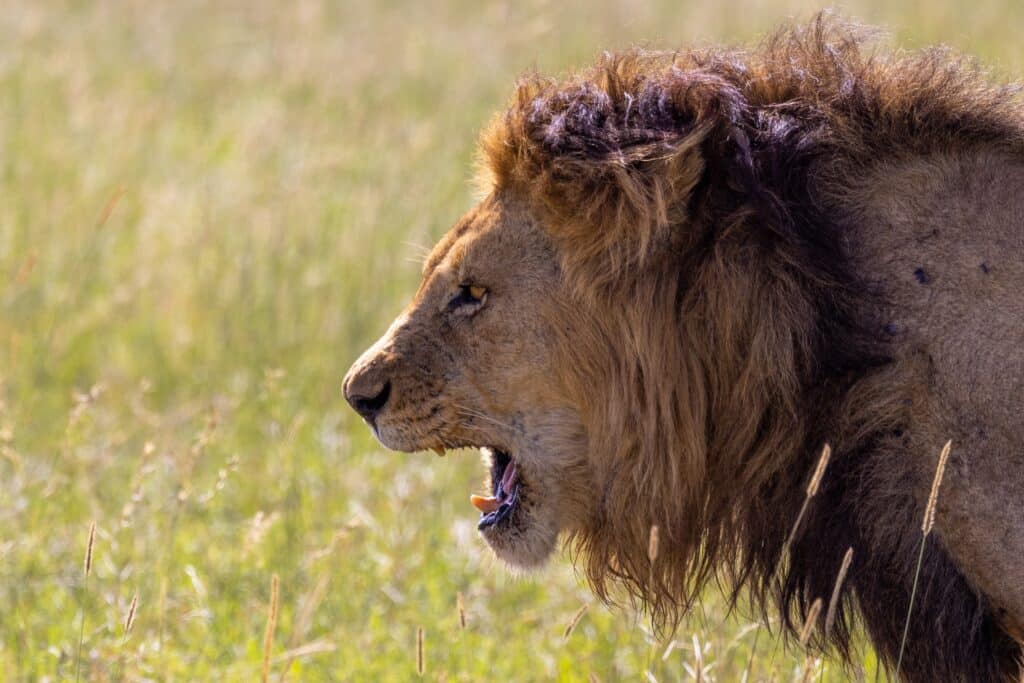
African lions, the undoubted kings of the savanna, have firmly etched their presence into both our consciousness and the vast African landscapes. These social cats exhibit complex behaviour, living in prides where cooperation is the key to their hunting success.
Their resonant roars are not only a declaration of territorial boundaries but also serve as unifying calls for their prides. Lions are adept predators, often engaging in cooperative hunting, with remarkable success rates when taking down large prey such as wildebeest and zebras.
LEARN MORE: The 5 most DANGEROUS big cat SPECIES in the world.
6. Tigers – the mighty Asian giants
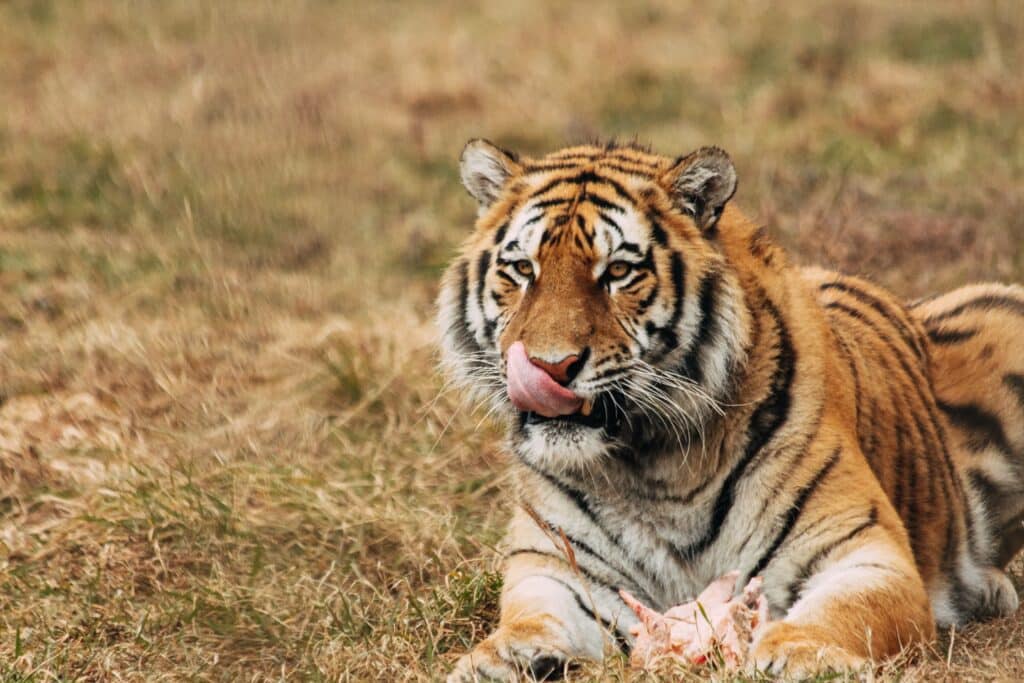
Tigers are the undisputed apex predators of the Asian jungles. These colossal cats, boasting powerful jaws and razor-sharp claws, are formidable hunters. Their menu includes an extensive range of prey, from deer to wild boars.
Regrettably, the continuous onslaught of habitat loss and relentless poaching has taken a toll on these magnificent creatures, with the critically endangered Siberian tiger facing an uncertain future.
5. Jaguars – masters of stealth
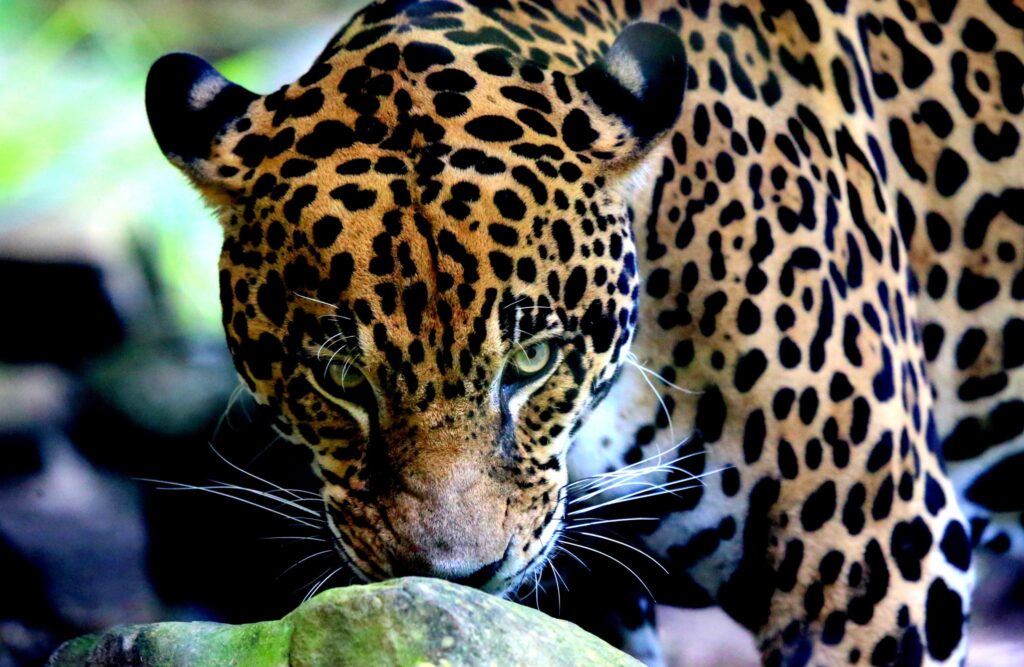
With their distinctive rosettes, jaguars are the stealthy inhabitants of South America’s rainforests. Their masterful ambush technique allows them to blend seamlessly into the tall grass, ambushing prey with uncanny precision.
These big cats have a diverse menu that includes capybaras, black-footed cats, and a variety of bird species.
4. Leopards – agile tree climbers
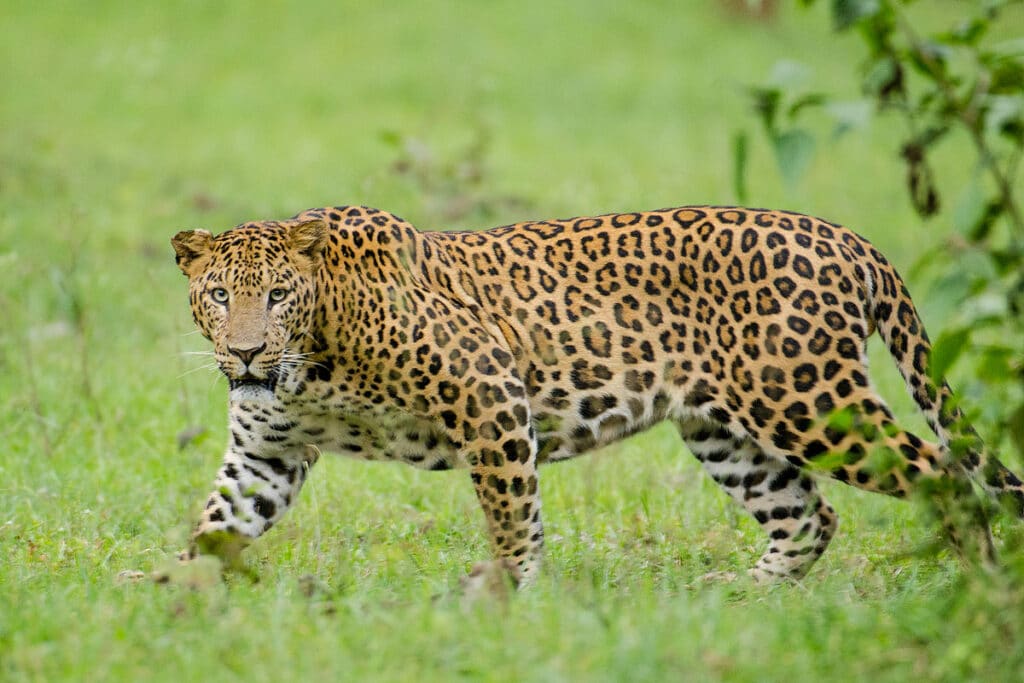
Leopards, known for their spotted coats, possess remarkable tree-climbing skills, providing shelter and an excellent vantage point for spotting prey from the branches. Their adaptability is impressive, and they roam vast territories spanning from Africa to parts of Asia.
RELATED READ: Top 10 most dangerous African animals, RANKED.
3. Cheetahs – the speedsters of the wild
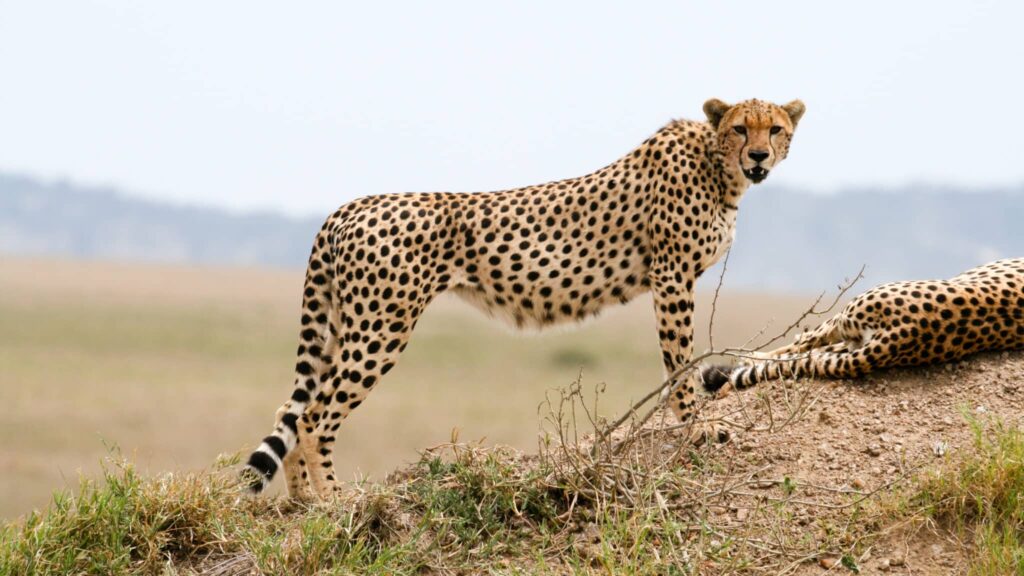
Cheetahs, the world’s fastest land animals, rely on their incredible speed to chase down prey, primarily gazelles and impalas. Unlike their noisy relatives, cheetahs cannot produce roars.
The ongoing issue of habitat loss imperils their survival.
2. Pumas and cougars – solitary mountain predators

Pumas and cougars, often called mountain lions in North America, are known for their solitary hunting habits. They stealthily traverse the diverse landscapes of the Americas, encompassing regions of South and North America.
Their impressive success rates in capturing prey like deer, rodents, and even bobcats are worth noting.
1. Snow leopards – insulating fur

Snow leopards are the enigmatic spirits of the Asian mountain ranges. Their thick fur serves as insulation against freezing temperatures, and their elusive behaviour makes them challenging to spot. Tragically, they remain under constant threats such as poaching and habitat loss.
The world’s most dangerous big cats are remarkable not only for their raw power and stealthy hunting techniques but also for being vital components of the ecosystems they inhabit.
From the powerful jaws of lions to the stealthy ambush techniques of jaguars, each species possesses unique traits that make them formidable predators.
Their future hangs precariously in the balance due to habitat loss and human activities. We should cherish and protect them, for they are an integral part of our world’s diverse and beautiful tapestry, enriching the very essence of our natural heritage.
READ NEXT: 5 differences between DANGEROUS and non-dangerous CAT species.
Notable mentions
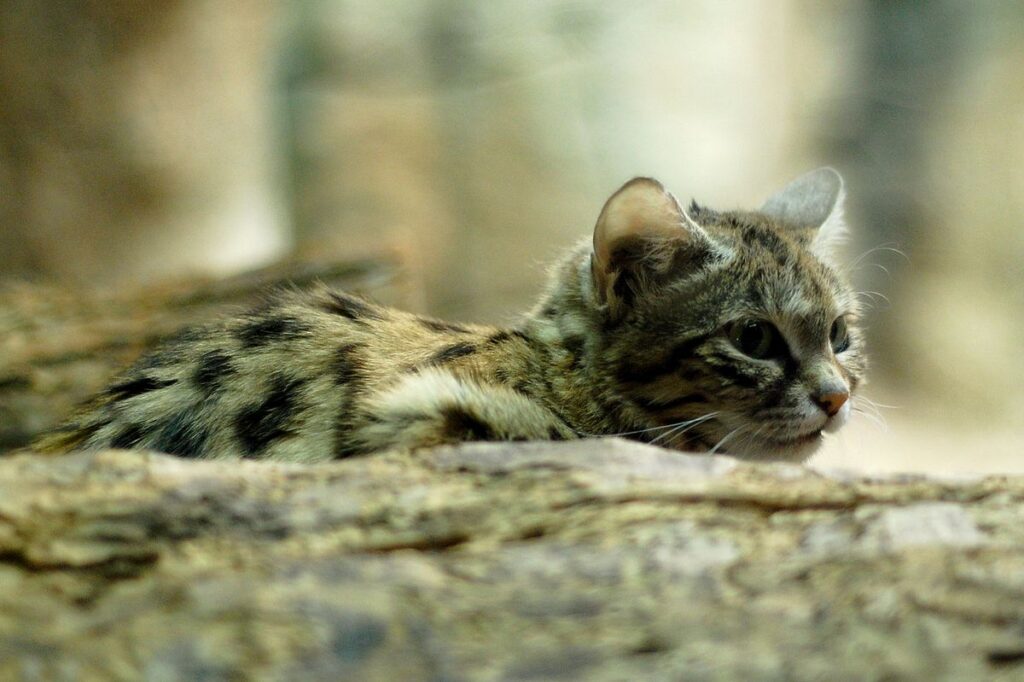
Black-footed cats: Despite their diminutive size, black-footed cats boast one of the highest success rates in hunting. These fierce African cats can take down prey larger than themselves, often dispatching them with a single, lethal bite.
Human-wildcat conflicts: As human settlements expand and encroach upon big cats’ territories, conflicts are inevitable. These conflicts include human attacks and big cats being unjustly blamed for preying on livestock. Coexistence and conservation efforts are pivotal to mitigating these clashes.
The struggle for survival: Big cats, as apex predators in their ecosystems, play a critical role in maintaining the delicate balance of nature. However, habitat loss and poaching continue to threaten their existence.
Protecting these majestic creatures is not just a matter of conservation but also a moral responsibility to safeguard our planet’s biodiversity.
Your questions answered about the world’s most dangerous big cats

What is the most powerful big cat in the world?
The tiger, particularly the Siberian tiger, is often considered the most powerful big cat due to its size and physical strength.
Which big cats are the most dangerous?
Tigers, lions, and leopards are considered the most dangerous big cats due to their potential threat to humans when in close proximity.
How many humans have been killed by big cats?
The exact number varies, but records of incidents of big cat attacks on humans are often influenced by factors like population density and conservation efforts.

